|
Tasting Room Location:
|
Lemon Hart & Son has been an influential brand for the past 200 years. It rose to prominence in 1803 as the official rum of the British Royal Navy. It then became an essential ingredient in tiki cocktails like the Zombie (with the help of Don the Beachcomber), 151 Swizzle, Navy Grog, and is still faithfully used at the iconic Mai-Kai Restaurant in Fort Lauderdale, Florida. Hawaii Beverage Guide was fortunate enough to interview Master Blender Michael Booth and Brand Ambassador Miles Vrahimis to learn more about the brand.
Brand Approach
-
Brand Story
-
Approach to Rum
-
Key People
<
>
|
The Brand Story
Bill McCoy, was a pioneer rum runner of the Prohibition era who was the first to fill a boat with alcohol in the Caribbean, sail it up to New York Cit y, and legally act as a floating liquor store three miles offshore. McCoy made a name for himself because he never adulterated the alcohol earning the name “The Real McCoy” as opposed to sullied products with nicknames like "Booze," "Hooch" and "Rot Gut”. While creating a documentary about Bill McCoy, filmmaker Bailey Prior discovered parallels in product purity to the current industry while interviewing rum distillers. In this spirit, Real McCoy is completely unadulterated -- there are no added sugars, flavors or perfumes. |
Approach to Rum
Rum is a strange category because of its loose rules. The Real McCoy Rum seeks to provide transparency in the production process and age statements that are akin to whiskey instead of a marketing ploy. This means:
Rum is a strange category because of its loose rules. The Real McCoy Rum seeks to provide transparency in the production process and age statements that are akin to whiskey instead of a marketing ploy. This means:
- The age on the bottle is the minimum time spent in the cask. This is similar to the nomenclature used in whiskey. This differs from other rum brands where 25 Year Rum does not equal 25 Year Old Rum.
- Age statements are used because Gold Rum and Dark Rum can be non-aged rum with food coloring therefore making the nomenclature useless when it comes to flavor.
- No additional sugar or propylene glycol (a sweetner and emulsifier) is added to the distillate before bottling.
- Full disclosure: Propylene glycol is used in the production process of The Real McCoy . . . as a refrigerant that never comes in contact with the spirit.
The Legendary Distiller: Richard Seale
In July, 2018 for the first time ever, a rum won the International Spirits Challenge’s Supreme Champion Award. That rum was produced by fourth generation Barbados rum distiller Richard Seale. Beyond this win, Mr. Seale is known for producing highly coveted and collectable bottles due to the qualit y and value that he produces. His Foursquare Distillery in Barbados, is known for producing “The Pappy of Rum”, according to Fred Minnick’s article “Velier Foursquare 2006: The Greatest Rum I’ve Ever Tasted” (https://www. fredminnick.com), and referenced by Matt Pietrek’s “How Foursquare Became the Pappy of Rum” for Punch Magazine. The distillery is also the last locally owned Barbados Rum Distillery. Unlike private labels that source through a rum broker like E&A Scheer in the Netherlands, Real McCoy is a “private label” directly from the Foursquare distillery in Barbados.
In July, 2018 for the first time ever, a rum won the International Spirits Challenge’s Supreme Champion Award. That rum was produced by fourth generation Barbados rum distiller Richard Seale. Beyond this win, Mr. Seale is known for producing highly coveted and collectable bottles due to the qualit y and value that he produces. His Foursquare Distillery in Barbados, is known for producing “The Pappy of Rum”, according to Fred Minnick’s article “Velier Foursquare 2006: The Greatest Rum I’ve Ever Tasted” (https://www. fredminnick.com), and referenced by Matt Pietrek’s “How Foursquare Became the Pappy of Rum” for Punch Magazine. The distillery is also the last locally owned Barbados Rum Distillery. Unlike private labels that source through a rum broker like E&A Scheer in the Netherlands, Real McCoy is a “private label” directly from the Foursquare distillery in Barbados.
Ingredients
-
Molasses
-
Yeast
-
Water/Water Treatment
<
>
Molasses
Locally sourced black strap molasses
Locally sourced black strap molasses
Yeast
A proprietary yeast strain
A proprietary yeast strain
Water
Distillation
Production Process
-
Fermentation
-
Distillation
-
Maturation
-
Blending
<
>
40 hour long molasses fermentation occurs in a pressure and temperature closed top fermenter and uses proprietary yeast. This guarantees a consistent molasses wine (fermented molasses), as no “unwanted” yeast or bacteria enters the fermentation tank. Richard Seale puts heavy focuses on creating the qualit y of the “molasses wine”.
Distillation
Both pot and column Forsyth Stills (http://www.forsyths.com) are utilized to create two different distillates. Column provides a clean distillate, and the pot still provides rich flavors and aroma. Forsyth stills are also produce Yamazaki, Glenlivet, and Glenfiddich
Both pot and column Forsyth Stills (http://www.forsyths.com) are utilized to create two different distillates. Column provides a clean distillate, and the pot still provides rich flavors and aroma. Forsyth stills are also produce Yamazaki, Glenlivet, and Glenfiddich
Maturation
Oak casks from American Whiskey production are used for aging. What separates The Real McCoy from other spirits is that none of the ages are blended. The age statements on the bottle follow Scottish laws in that the age statement is the youngest eu de vie. For the Three Year, all the product is aged three years. For 5 year old, all the product is aged 5 years.
Note that rum has a particularly high Angel’s share, so at 12 years, there is only 1/3 of the original liquid left in the barrel. After maturation, barrels are blended together and Barbados spring water to bring to proof.
Oak casks from American Whiskey production are used for aging. What separates The Real McCoy from other spirits is that none of the ages are blended. The age statements on the bottle follow Scottish laws in that the age statement is the youngest eu de vie. For the Three Year, all the product is aged three years. For 5 year old, all the product is aged 5 years.
Note that rum has a particularly high Angel’s share, so at 12 years, there is only 1/3 of the original liquid left in the barrel. After maturation, barrels are blended together and Barbados spring water to bring to proof.
Blending
The column still and pot still distillates of the same age are blended together in the Scottish model of creating a light distillate for aging and heavy distillate for aging.
The column still and pot still distillates of the same age are blended together in the Scottish model of creating a light distillate for aging and heavy distillate for aging.
-
Three Years Old
-
Five Years Old
-
Twelve Years Old
<
>
Three Years Old
Daiquiri style rum due to its complexity which make for an interesting cocktail
Daiquiri style rum due to its complexity which make for an interesting cocktail
Five Years Old
Easy Bridge for Bourbon drinkers. Also works well with fresh fruit.
Easy Bridge for Bourbon drinkers. Also works well with fresh fruit.
Five Years Old vs Twelve Years Old
The Twelve Years Old Expression has a longer finish and deeper vanilla, tobacco and star anise notes.
The Twelve Years Old Expression has a longer finish and deeper vanilla, tobacco and star anise notes.
Resources
On Diamond Distillery
www.demeraradistillers.com/
therumhowlerblog.com/extras/demerara-distillers-diamond-distillery-tour/
inuakena.com/misc/a-visit-to-demerara-distillers-limited/
On Demerara Sugar
www.guysuco.gy/index.php?lang=en
On Diamond Distillery
www.demeraradistillers.com/
therumhowlerblog.com/extras/demerara-distillers-diamond-distillery-tour/
inuakena.com/misc/a-visit-to-demerara-distillers-limited/
On Demerara Sugar
www.guysuco.gy/index.php?lang=en

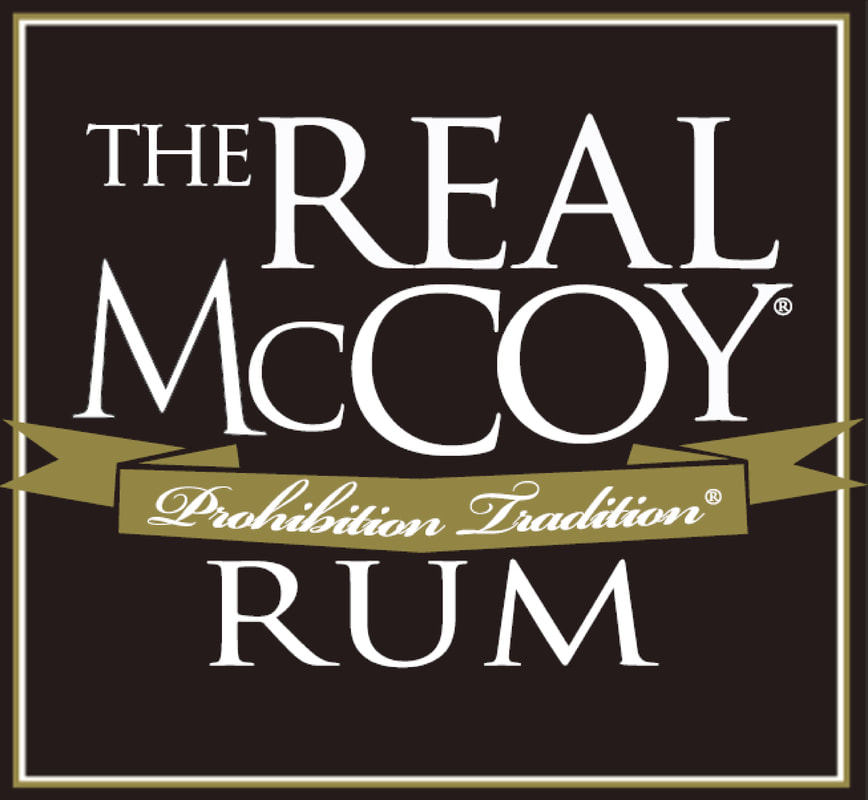
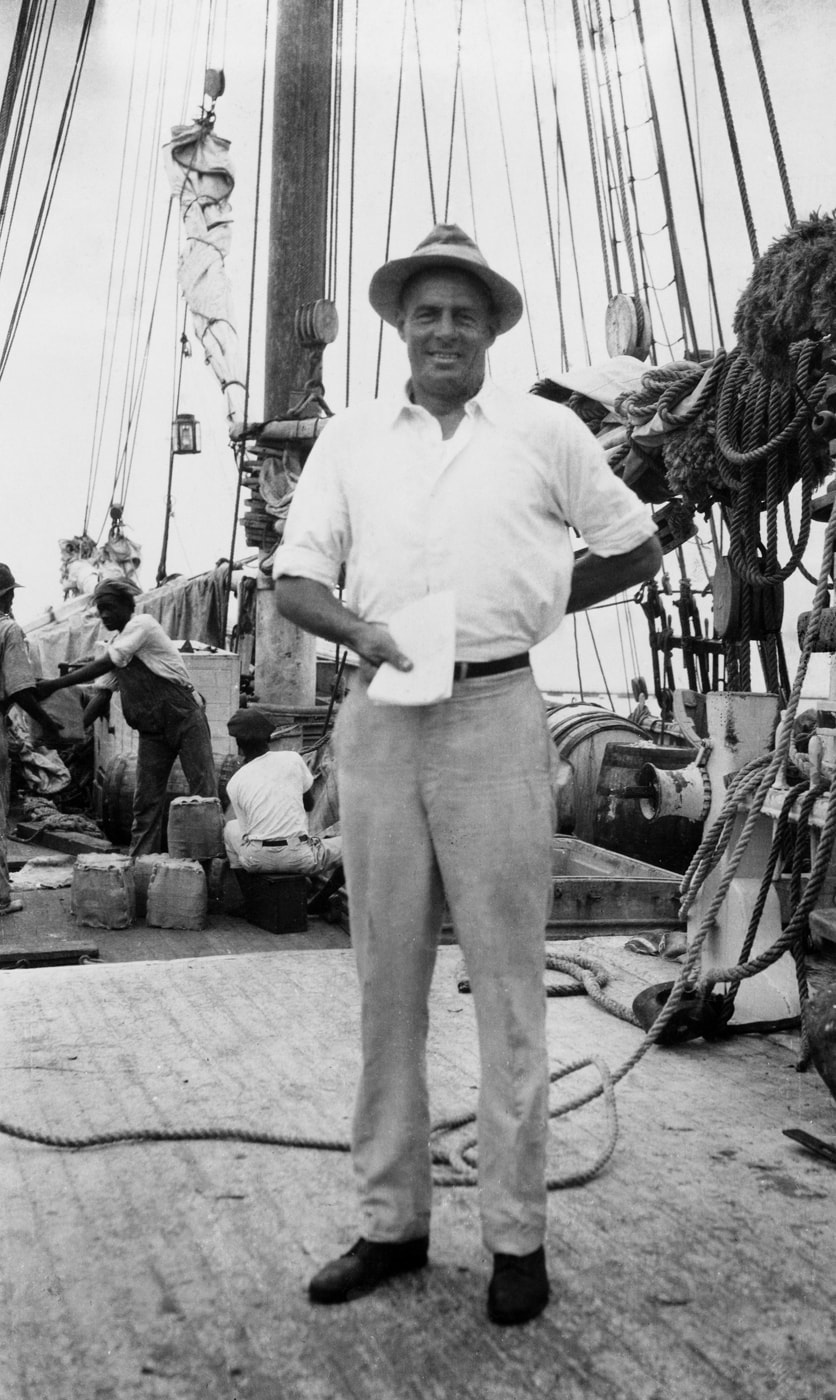
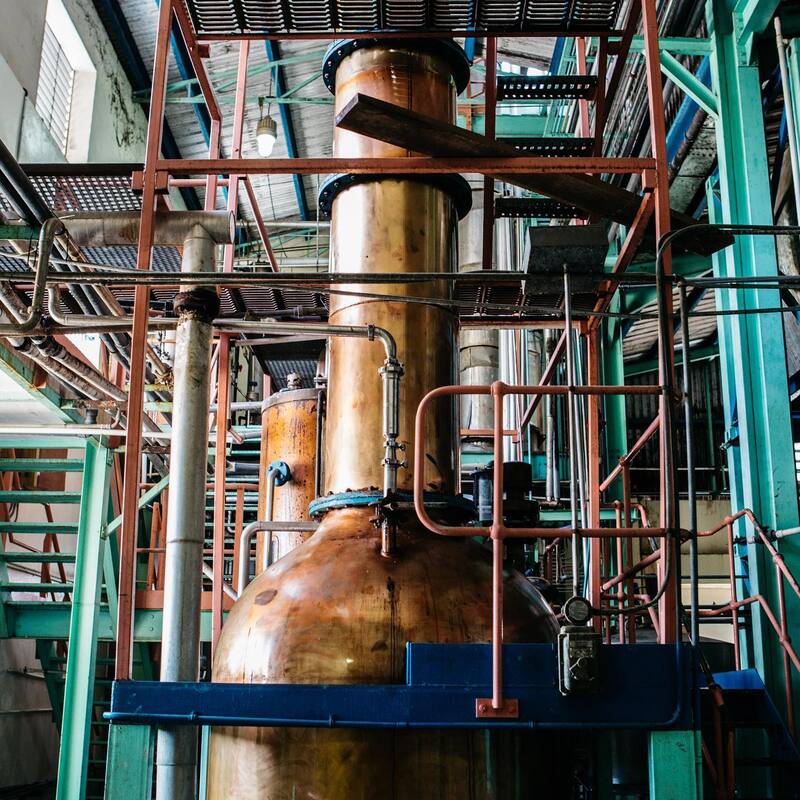
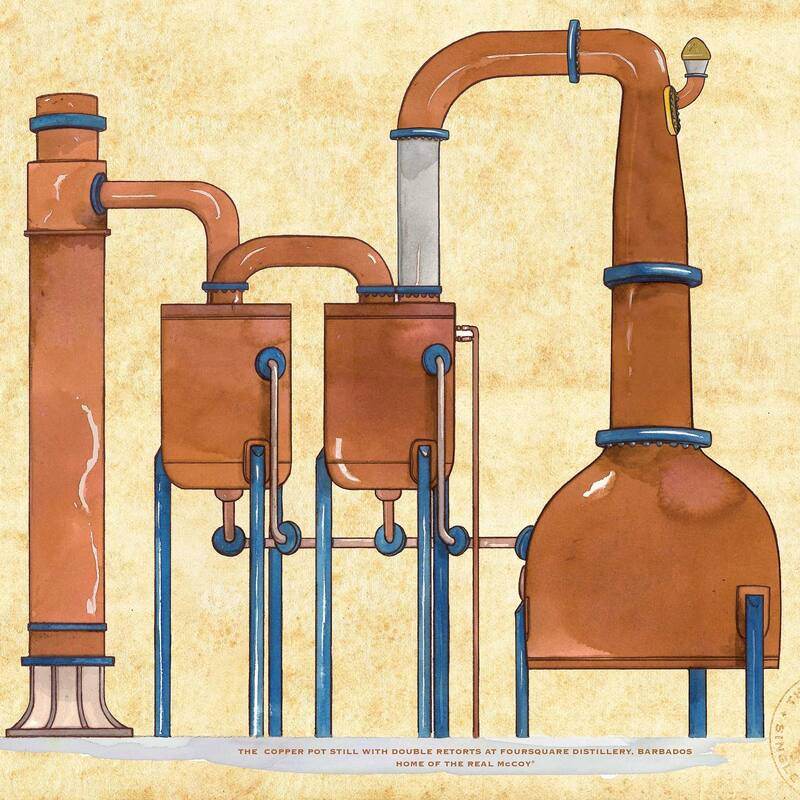
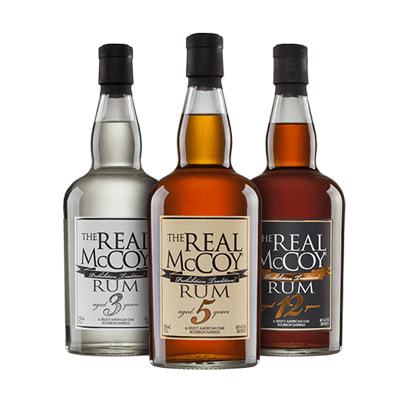
 RSS Feed
RSS Feed